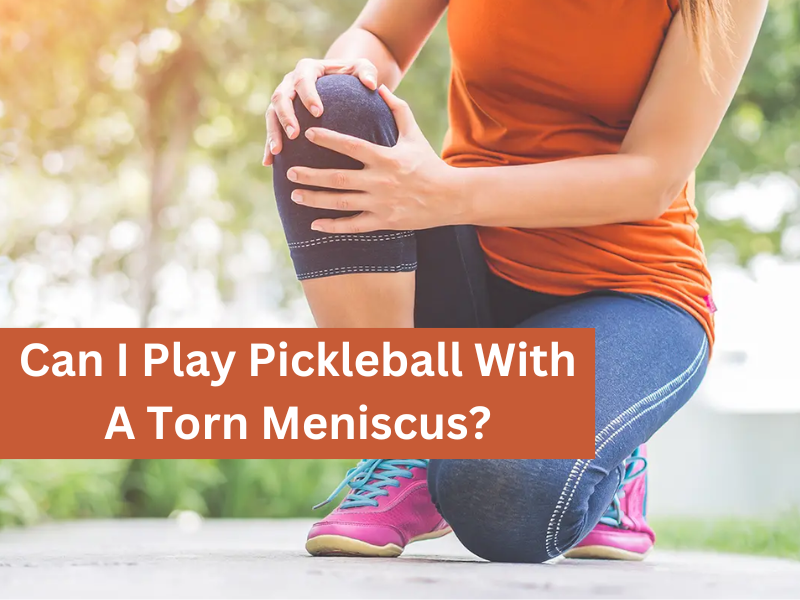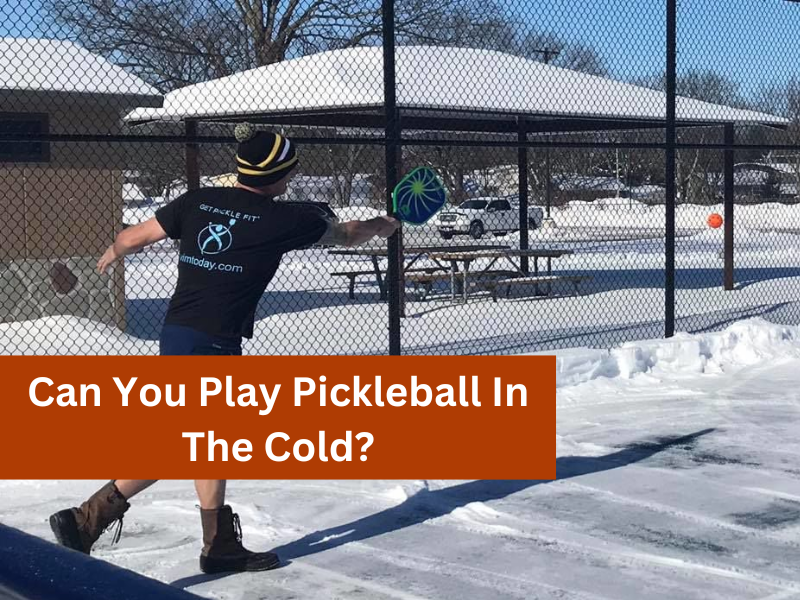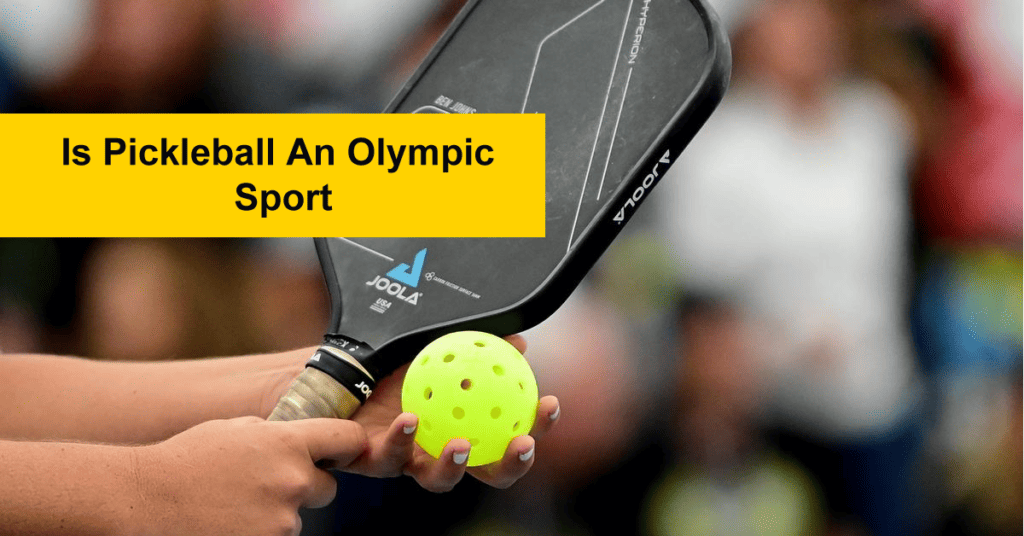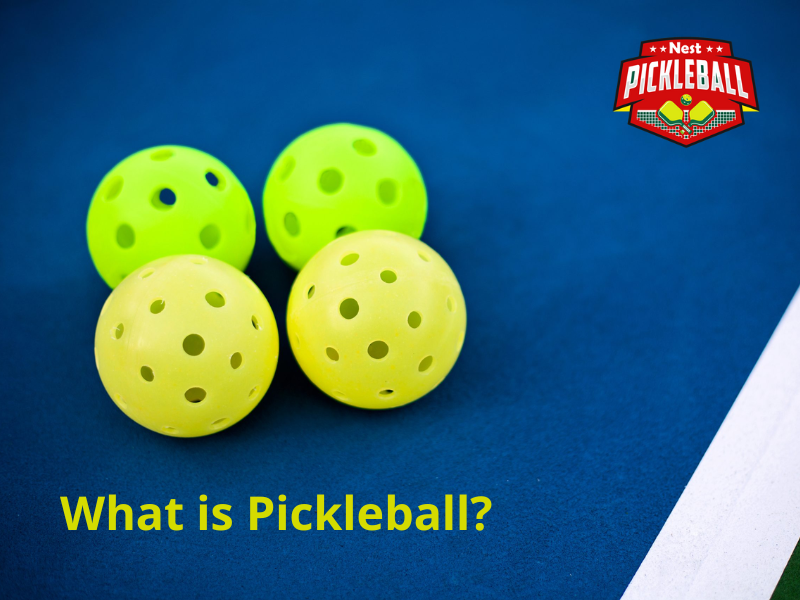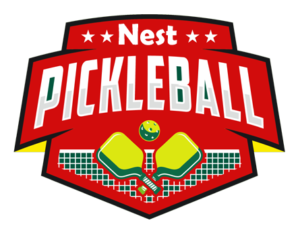A torn meniscus (torn knee cartilage) is a common injury for people who play tennis, basketball, baseball, football, hockey, etc. It’s very common in younger people, especially when playing multiple sports.
So are you also playing sports at the time? But what if you have a torn meniscus? can I play pickleball with a torn meniscus? That’s what we look at in this guide.
Playing pickleball with a torn meniscus is possible initially, as the pain may be tolerable. However, persistent engagement in the sport can hinder the natural healing process of the cartilage. In the case of a significant tear, temporarily refraining from playing pickleball might be necessary until after undergoing surgery. Subsequently, one can resume participating in the game post-surgery.
Let’s check what is torn meniscus is and how to prevent it.
What is a Torn Meniscus?
An injury can cause a torn meniscus or awkwardly twisting your knee. However, a pickleball injury to your knee can be serious. You may have pain and swelling around your knee. Pickleball Torn Meniscus can also affect how well you walk. If your knee has been injured for a while, it might be difficult for you to walk.

You can easily notice a tear in your meniscus. You might hear a pop when your meniscus tears. Therefore if you have pain and stiffness in your knee, see a doctor immediately. If you have a torn meniscus, you may need surgery. If you don’t get the surgery, you might be unable to do what you used to. Surgery is the only way to treat a torn meniscus.
Your body is your temple, so you must protect it with the right foods. A healthy body means a healthy mind. If you have a problem related to your body, it can affect your health and performance. This can lead to depression. Your body and its parts are designed to work together. When they are working together, you feel good. So if you have a problem, you must fix it immediately.
Can You Play Pickleball With a Torn Meniscus?
If you have a meniscus tear, it’s important to know that can you play pickleball with a torn meniscus. You can play pickleball with a torn meniscus, but it’s crucial to approach it with caution and consider certain factors to ensure your safety and well-being.
However, with the pickleball Torn meniscus, you don’t need surgery to fix it.
The damage can be repaired with rest and physical therapy. If your pickleball injury is severe, surgery is usually the only option. If the injury happens suddenly, your doctor may suggest waiting to see if it heals independently.
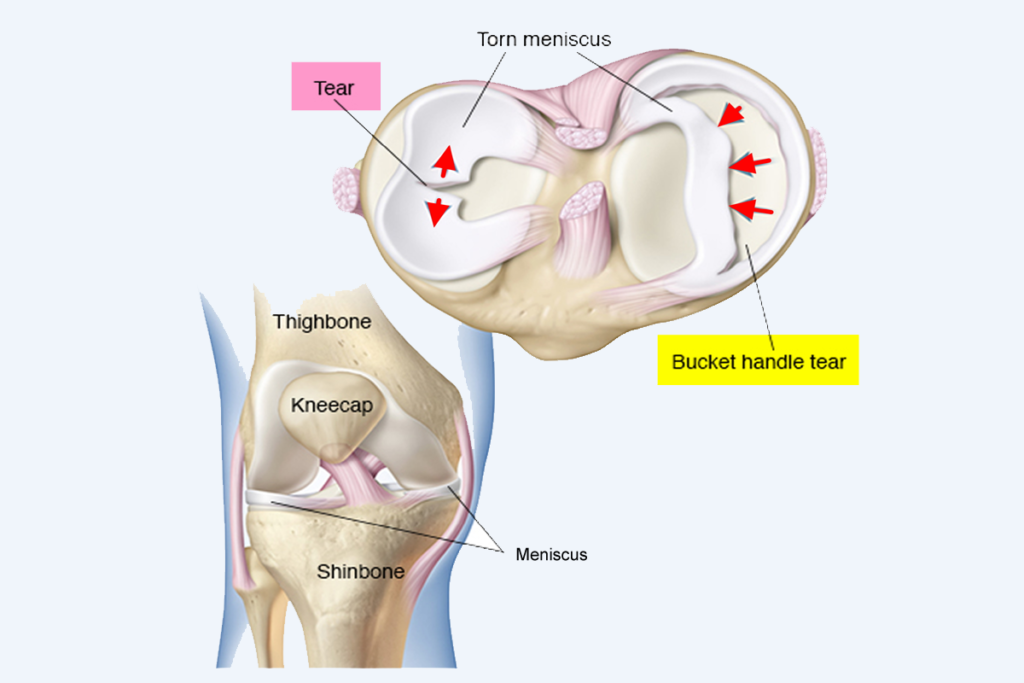
Meniscus tears often occur during athletic activities. For example, you can tear your pickleball torn meniscus if you twist or fall while playing sports. If your meniscus gets torn, it can be painful and may cause you to limp. To make matters worse, a torn meniscus can limit the range of motion in your knee. You may need to take time off from your sport to heal.
In the long term, a torn meniscus can affect your health and cause pain. It can also weaken the knee and put you at risk of arthritis. So, it’s important to know how to treat pickleball-torn meniscus problems. If you have a torn meniscus, you may need surgery. Your surgeon will ensure that your meniscus is intact and then repair it. The recovery time varies depending on how much you injure the meniscus.
How to Treat Pickleball Torn Meniscus?
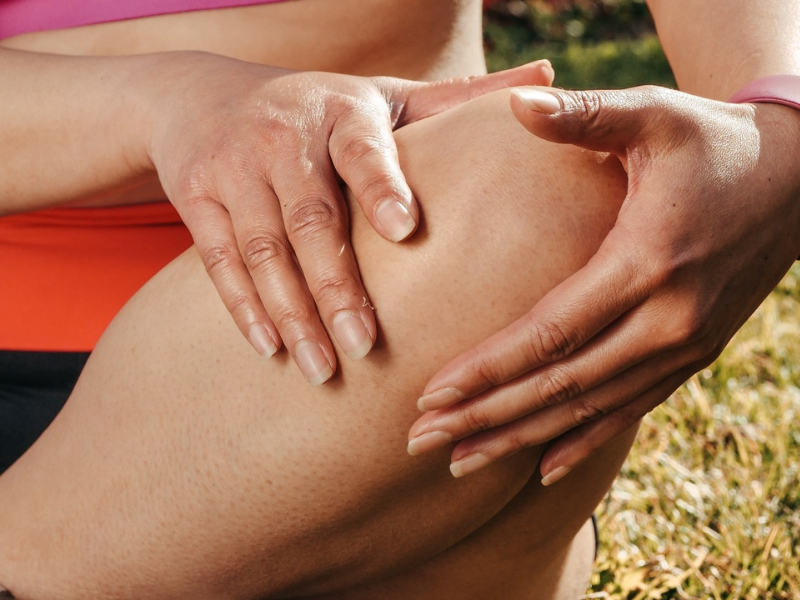
You can treat your pickleball torn meniscus with the best way to treat a knee injury sitting down and putting weight on the affected area.
If you have a knee brace, put it on. Use ice packs to reduce swelling. After you have rested, you can walk around with the brace on.
Be sure to remove the brace when you begin moving. Do not use heat to reduce the swelling. You can treat your pickleball-torn meniscus by using heating pads or by taking hot baths.
Be sure to keep the injured knee elevated to avoid further injury.
Who has had a torn meniscus pickleball injury issue? Pickleball torn meniscus can happen to anyone. The older you get, the more likely you will sustain an injury like this.
If you have a family history of knee problems, you are more likely to get this injury. You can avoid this injury by keeping your knees healthy. You can do this by being active. You should ensure you are using the proper form while playing sports. This will make it easier to protect your knees and help prevent injuries like this.
Safety Tips: You should also wear the right type of pickleball shoes and don’t wear high heels!
Can a Torn Meniscus Get Worse with Activity?
pickleball torn meniscus can worsen with activity if not adequately cared for. The meniscus is a small, crescent-shaped piece of cartilage that acts as a shock absorber between the bones in the knee joint. However, a tear in the pickleball meniscus can cause pain, swelling, and stiffness and make it difficult to move the knee.
In addition to rest and ice packs, ibuprofen can treat a torn meniscus. You can also treat it with physical therapy and injections. Surgery is used to repair the torn meniscus, but it may be necessary if a tear is severe or has not healed within six months.
How Long Does Meniscus Take To Heal?
Meniscus tears occur when the cartilage is damaged and torn. The pickleball meniscus pain may last 3-4 weeks to months following the initial injury.
The injury is generally due to excessive stress on the knee joint, overuse, repetitive motions, or a sudden twisting motion. Most injuries are caused by a minor incident, such as slipping on ice, or a severe injury, such as twisting the knee while performing a tackle during football practice.
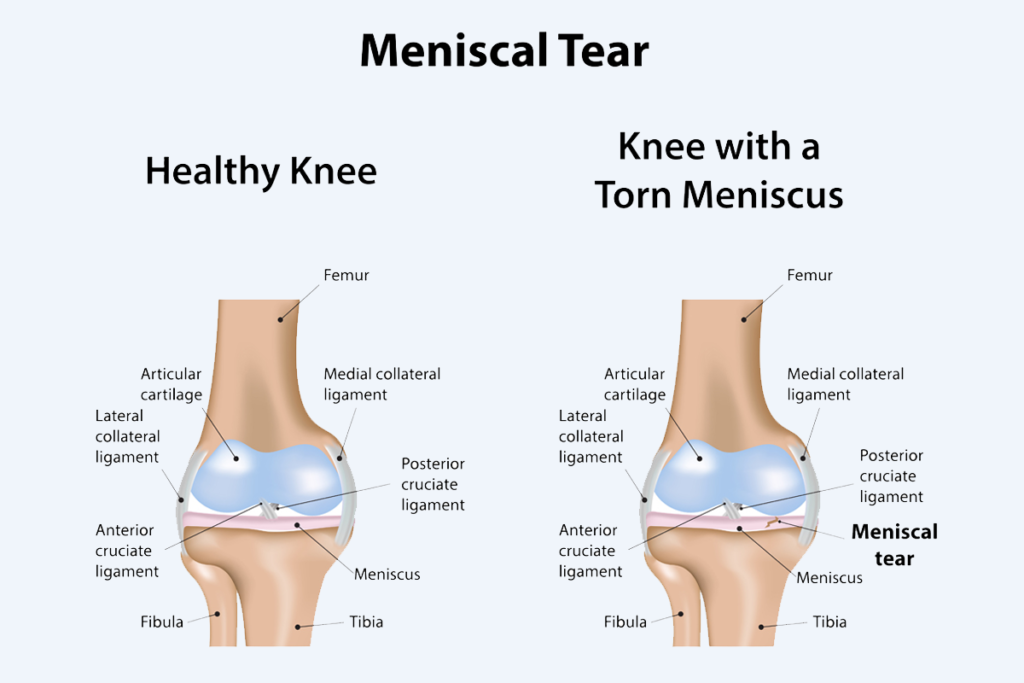
For most meniscus tears, conservative treatment is recommended. Rest, ice, and compression bandages may ease the discomfort. If the pain does not improve with rest and therapy, you may need an MRI to confirm the diagnosis. Surgery may also be needed if the meniscus tear is too extensive or cannot be repaired with arthroscopic surgery.
How to Manage a Torn Meniscus While Playing Pickleball
Managing a torn meniscus while playing pickleball is crucial to continue enjoying the sport while minimizing discomfort and avoiding further injury.
Here are detailed steps on how to effectively manage a torn meniscus during pickleball:
Understand Your Limits
Before hitting the court, it’s essential to acknowledge your physical limitations. Understand the specific movements that may aggravate your torn meniscus, such as sudden pivots or deep knee bends. Being aware of these limitations allows you to modify your playing style to reduce the risk of exacerbating the injury.
Consult with a Medical Professional
Seek guidance from a healthcare professional, preferably a sports medicine specialist or orthopedic doctor. They can provide a thorough assessment of your torn meniscus, offer personalized advice, and suggest appropriate treatment options. This may include physical therapy, medication, or, in severe cases, surgical intervention.
Brace for Support
You can consider using a knee brace for added support. A brace can help stabilize the knee joint and limit excessive movement, reducing the strain on the torn meniscus during pickleball. Ensure that the brace is appropriately fitted and comfortable for optimal effectiveness.
Modify Playing Technique
Adjust your playing technique to accommodate your injury. This may involve minimizing abrupt movements, avoiding deep lunges, and adopting a more controlled and measured approach on the court. Inform your playing partners about your condition so they can be supportive and understanding during the game.
Include Low-Impact Exercises
Incorporate low-impact exercises into your routine to maintain overall fitness without putting excessive strain on the injured knee. Activities like swimming, stationary cycling, or walking can help keep you active while promoting the healing of the torn meniscus.
Regularly Ice and Elevate
After playing, or whenever you experience discomfort, use the R.I.C.E. (Rest, Ice, Compression, Elevation) method. Apply an ice pack to the affected knee for about 15-20 minutes, keeping it elevated to reduce swelling. This routine can be particularly beneficial in managing post-game soreness.
Listen to Your Body
Pay attention to your body’s signals. If you experience increased pain, swelling, or discomfort during or after playing pickleball, take it as a sign to rest and allow your torn meniscus to recover. Pushing through pain can worsen the injury and prolong the healing process.
FAQs
How to Reduce Your Risk of a Torn Meniscus?
Reducing the risk of a torn meniscus is crucial, especially when engaging in sports like pickleball. One effective strategy is ensuring a thorough warm-up before any activity, as this significantly lowers the likelihood of a torn meniscus. Adequate warm-up prepares your muscles for movement, preventing sudden and jarring motions. Additionally, incorporating static stretching into your pre-game workout routine is beneficial for reducing the risk of torn meniscus.
Is Swimming Good For a Torn Meniscus?
Yes, if you are a swimmer. In a pool, the buoyancy of the water helps prevent the knee from sinking, making it easier to maintain proper alignment and muscle balance while swimming. It can also provide support and stability during certain movements and help keep the knee stable, which is important when the body is moving.
Conclusion
So in the article I have mentioned, can I play pickleball with a torn meniscus – the summary is if you have a torn meniscus, it can be painful, especially when you play pickleball. You can play the pickleball game with a torn meniscus but with the best shoes for pickleball!

